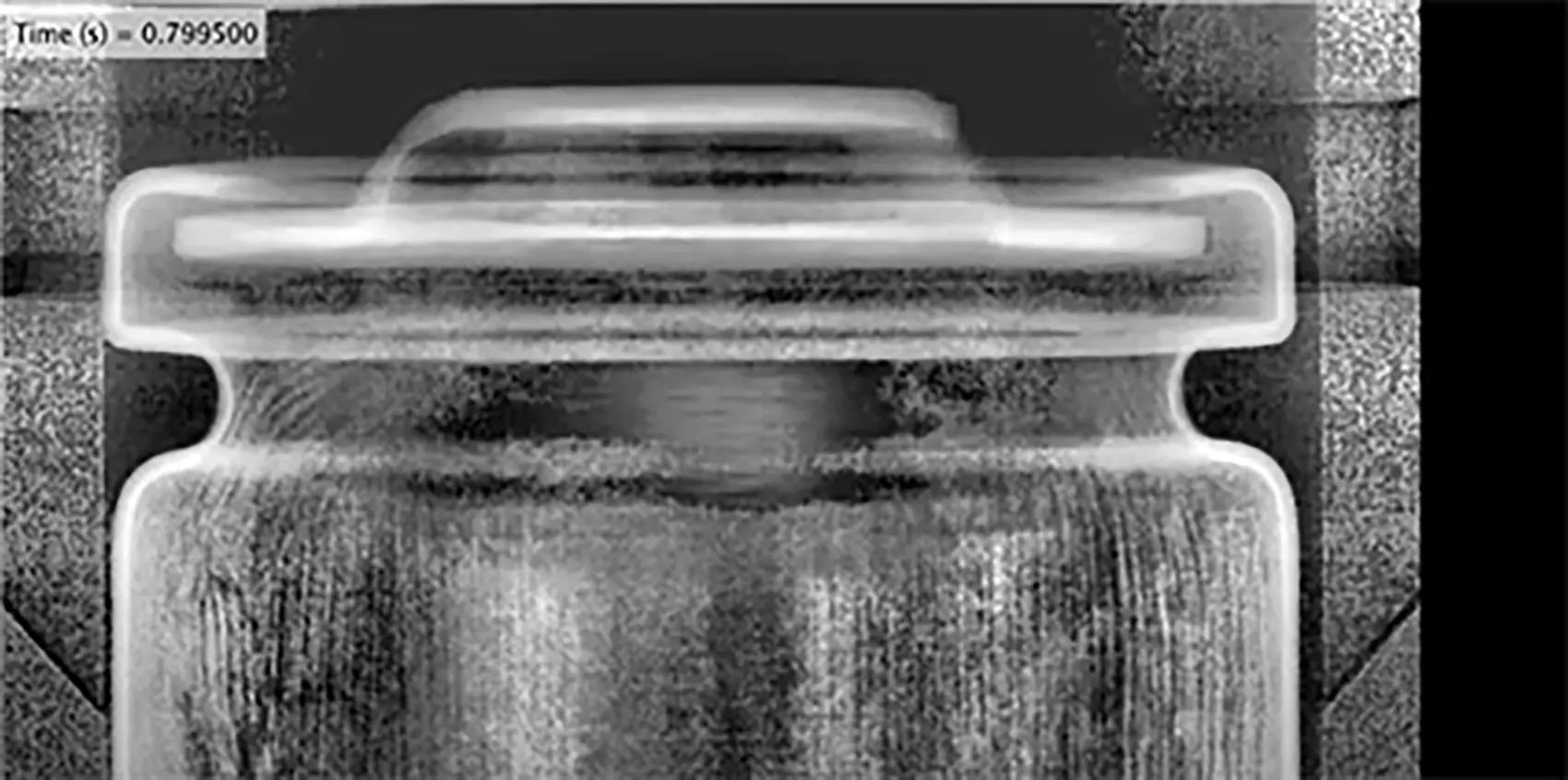Safer Batteries, Reliable Power: Guiding Research for Next-Generation Energy Storage

Tucked into your pocket, packed into warehouses, and embedded into critical infrastructure—lithium-ion batteries are quietly powering much of modern America.
Demand for these indispensable energy storage solutions continues to skyrocket, prompting energy experts to explore next-generation (next-gen) designs for higher-performing technologies, including alkali metal anodes, solid electrolytes, and Earth-abundant cathode materials. However, safety is paramount to ensuring the successful deployment of these systems.
“Over the years, battery researchers and engineers have developed a deep understanding of the factors that lead to failure in conventional lithium-ion batteries. However, the behavior of next-gen batteries is not yet well understood,” said Donal Finegan, a senior energy storage scientist at NREL. “We are seeing key differences in the kinetics, toxicity, mechanical robustness, and fire-suppression strategies for new materials. The better we understand these risks, the safer we can design and prepare battery systems of the future.”
A recent Nature perspective authored by NREL researchers including Finegan takes a closer look at the current landscape of battery safety research, emphasizing new risks and opportunities of up-and-coming energy storage technologies. In addition, this perspective proposes a strategic approach to evaluating battery safety at the electrode, pack, and cell level. This rigorous process considers different conditions—such as limiting oxygen index, abuse conditions, state of charge, and cycle history—with respect to benchmark battery behavior.
A Safety-First Approach to Battery Research
NREL is a global leader in battery safety research, offering cutting-edge characterization, advanced machine learning, and multiscale modeling to evaluate energy storage systems. Researchers work closely with industry innovators to share knowledge and access to lab-scale capabilities, overcoming challenges to bring new technologies to the market.
“Battery safety research is a cornerstone of our work at NREL and crucial to strengthening America’s energy infrastructure,” said NREL Senior Energy Storage Engineer and Manager Matt Keyser. “Safer batteries increase energy availability to power everything from consumer electronics to national security systems. However, we need a targeted strategy to expand battery safety research to support the development and adoption of new battery technologies.”
NREL implements a rigorous process to evaluate the safety of battery designs, employing a holistic approach to characterize cells and materials to understand their responses to various abuse conditions throughout their lifetime. Insights from battery safety research are crucial to refining cell designs, determining safe operating systems, and standardizing practices to guide first responders in handling battery hazards.
While some of these changes open the door to safer, more resilient, and lighter battery systems, they also bring challenges, such as managing rapid gas release, toxic byproducts, and extreme thermal reactions. Established methods for quantifying hazards of traditional lithium-ion batteries can be directly applied to next-gen cells, but there are other areas that require additional attention.
It can take years to scale research from new materials to battery pack-level testing, but recent breakthroughs in modeling and artificial intelligence can accelerate the process and advance our understanding of new materials. These techniques uncover new insights into the safety of emerging battery designs, predicting how they will behave in different applications, such as grid-scale storage. NREL’s expertise in this area enables researchers to evaluate data across length scales, from microscopic samples to larger-format cell sizes, and explain differences in cell safety behaviors as a function of their size and abuse condition.
“We’ve developed modeling strategies that bridge the gap between safety data generated at the material level and the behavior of large commercial batteries,” Finegan said. “Artificial intelligence will play a central role in quickly predicting how batteries will behave under different conditions in real-world scenarios to evaluate the safety of future battery designs.”
Learn more about NREL's energy storage and transportation and mobility research. And sign up for NREL's transportation and mobility research newsletter to stay current on the latest news.
Last Updated May 28, 2025
